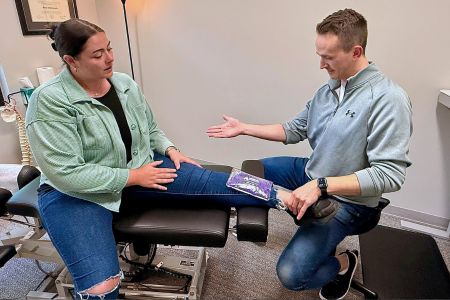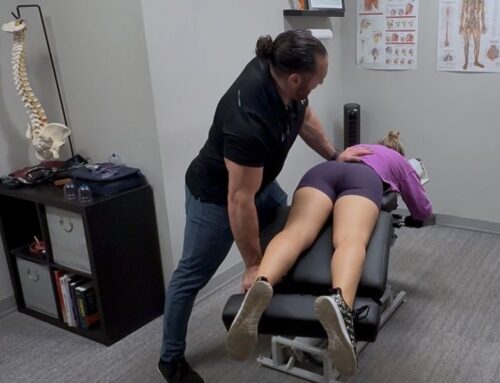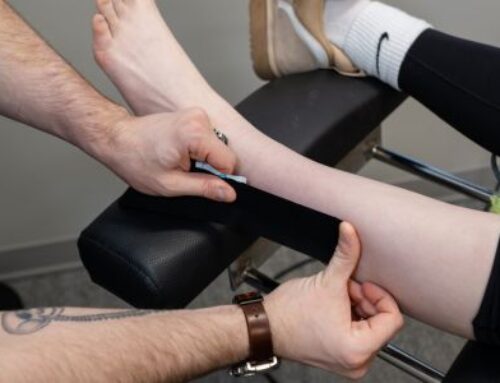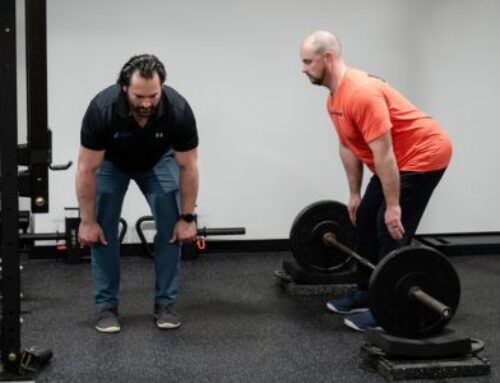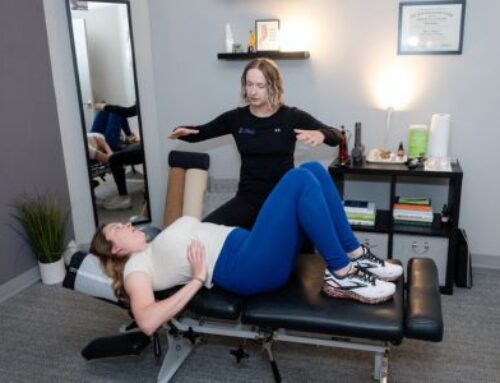Patients often hear “Ice it!” when they get injured. The old RICE model—Rest, Ice, Compression, Elevation—was the go‑to advice for decades. But that model has been falling out of favor for the last few decades, and data supporting the approach continues to get weaker. Especially, ice—once thought essential—may not always help long term. Let’s look at it a little deeper, and try to decide whether ice will be useful for you.
What the Research Says About the RICE Model
For years, the standard advice for injuries was the RICE model. The model has not held up well, including from the original author who redacted it years later. Research still shows that ice is helpful for reducing pain and swelling, particularly after an acute injury such as a sprain. Ice remains one of the front line management treatments recommended by the American Academy of Orthopedic Surgeons.
However, it seems like ice has limited effect in the long term or for chronic issues. Larger reviews show no lasting or long term benefit with continued use. Worse, there are many experts who argue that ice may actually limit healing due the slowing of blood flow to the area and limiting the immune response. Circulation is vital to tissue healing and repairing, so that theory is certainly valid.
The problem with research on the topic, is that there is data supporting ice use and data against its use. Most of the studies on the topic are limited in design, and have faults that limit their application. Many of the studies only focus on ice use, when we know it should be part of a comprehensive approach to an injury. When the information is mixed, the answer remains unclear.
How to Use Ice for Injuries
What does proper application of ice look like?
- First 1-3 days after an injury for pain and swelling is most evidenced.
- Ice only 10-20 minutes at a time.
- Use a layer between ice and skin to avoid tissue damage
- Wait an hour or two before icing again (skin should be room temperature)
- Talk to a healthcare provider before use if you have a circulatory issue
Some Additional Thoughts on the RICE Model
One of the main reasons the RICE model was reversed was Rest. For musculoskeletal injuries that don’t include a broken bone, complete rest does not help. If you have an acute back injury, bedrest will prolong the injury and complicate recovery. Updates to the RICE model have consistently included movement and loading, because those things provide the most long term benefit. Even if ice decreases pain, it is more important that you move the painful area.
Soft tissue injuries—like muscle strains and tendon pain—often result from friction and compression. When tissues rub or get pinched, they swell and get irritated. The common approach to that is to heat muscle injury, but ice may be a better alternative. Ice helps by cooling the area, reducing blood flow, and easing that pressure. Less pressure means less friction. That can help tissues calm down and recover faster. In these cases, short bursts of icing after activity or with minor discomfort may still be beneficial.
What We Suggest
Movement might be the most important feature in recovery from an injury. In the early phase of injury, ice is recommended. As an injury becomes less acute, the data supports the use less… but there may still be reasons to use it. If decreasing pain and friction allows you to perform rehabilitation exercises and movement, ice away. If you’re concerned about the blood flow concept, make sure you’re doing what you can to facilitate circulation such as light exercise or Infrared Sauna use.
There is no perfect intervention for pain. The limitation in the research is related to ONLY using ice, when it really should be part of a plan. Ice is not a cure-all. You need to understand your injury and discomfort. That requires assessment, treatment, rehabilitation, and recovery. If ice helps you function with less pain, it’s worth including in your treatment plan. Schedule an appointment and lets figure out your treatment plan. At the end of the day, work with your provider to find which mix of ice, treatment and activity lets you recover best.

